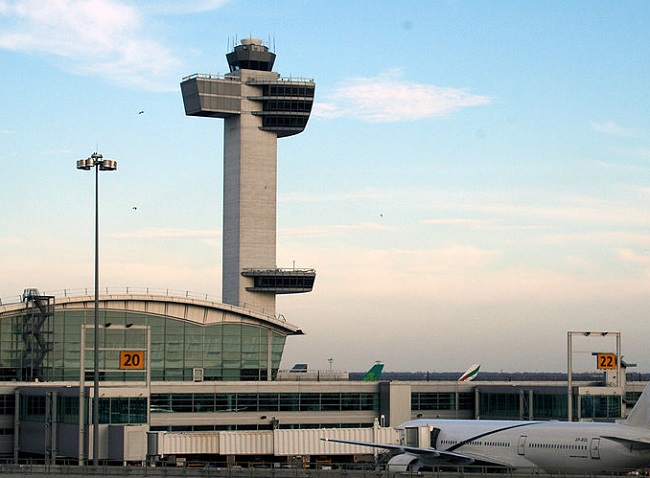The City Council has now approved a location based tech to screen the pavement in Italy’s capital.
The Rome City Council has now decided that it will be using types of tracking and geolocation technology in order to be able to gain a better understanding of the state of the pavement throughout its streets.
The location based tech is meant to help to detect issues like potholes and other kinds of defect.
Among the problems that the geolocation technology will be used to track and detect will include issues with signage, sewer defects, and potholes in the pavement. Over time, it will generate enough data to populate a database that will allow trends to be rapidly identified and tracked so that interventions can be implemented in a much more prompt and effective manner than is possible through the use of the current system.
The funding is now being put aside in order to ensure that this geolocation technology can go forward.
 The Rome City Council has decided to set €109 million aside over a span of the next three years. The goal is to be able to effectively and efficiently survey and maintain the most vital road arteries throughout the capital.
The Rome City Council has decided to set €109 million aside over a span of the next three years. The goal is to be able to effectively and efficiently survey and maintain the most vital road arteries throughout the capital.
According to the public contracts councilor, “This is truly a revolution that will make our streets safer.”
That is considered to be a very important goal in virtually any city, but in Rome, it can be particularly challenging, simply considering the sheer volume of streets, traffic, and the age of the infrastructure that is already in place throughout the city. Being able to identify problems quickly allows them to be repaired with greater promptness, which reduces the risk of having the issues worsen to the point that they could become damaging or dangerous to vehicles and the people within them.
Geolocation technology is rapidly increasing in the number of ways that it is being used. Rome has come up with a novel way to employ this technology in order to be able to keep up its city and enhance the safety of its roads. It is clear that other urban centers will be watching the success of this program in order to help to decide whether or not it will be a worthwhile investment for themselves.
Location based technology is now being used to be able to display the length of time major lines will take.
One of the world’s largest airports – the busiest one in New York – is now using geolocation beacons to be able to provide people with the actual wait times that they will face when they enter into a major lineup.
This new system will be powered by BlipTrack beacons from BLIP Systems, which is based in Denmark.
This geolocation technology beacon installation was put into place by Lockheed Martin. This system has been implemented with the intention of making it easier for passengers to make through Terminal 4 at JFK Airport. Thirteen new screens have been installed in order to display estimated processing times. These large-size screens are prominently displayed and have been installed at the checkpoints for TSA Security and Customers and Border Protection. There is also an indoor taxi lineup display.
The geolocation beacons make it possible for continual updates to be presented to travelers.
 According to the JFKAT vice president, Daryl Jameson, “It continuously updates”. JFKIAT is the company behind the operation of Terminal 4. So far, people are responding well to having the information available to them, as they know how long they will have to wait in the lines, and aren’t left wondering. As lineups aren’t an activity that most people enjoy, this “signage helps to manage expectations.”
According to the JFKAT vice president, Daryl Jameson, “It continuously updates”. JFKIAT is the company behind the operation of Terminal 4. So far, people are responding well to having the information available to them, as they know how long they will have to wait in the lines, and aren’t left wondering. As lineups aren’t an activity that most people enjoy, this “signage helps to manage expectations.”
The beacons work by conducting anonymous tracking of the mobile devices of passengers as they make their way through the airport. This way, while the individuals aren’t identified, the length of time that they spend in certain processing locations can be determined. The BlipTrack solution detects devices running on WiFi or Bluetooth and that are in “discoverable” mode, such as in tablets and smartphones.
Once one of these devices makes its way past one of the geolocation beacons, the beacon records the mobile device’s non-personal unique ID (it’s MAC address), which is then encrypted and time stamped. When that device is identified once again at other beacon locations, patterns among travelers can be established so that wait and travel times can be measured.
 The Rome City Council has decided to set €109 million aside over a span of the next three years. The goal is to be able to effectively and efficiently survey and maintain the most vital road arteries throughout the capital.
The Rome City Council has decided to set €109 million aside over a span of the next three years. The goal is to be able to effectively and efficiently survey and maintain the most vital road arteries throughout the capital.
 According to the JFKAT vice president, Daryl Jameson, “It continuously updates”. JFKIAT is the company behind the operation of Terminal 4. So far, people are responding well to having the information available to them, as they know how long they will have to wait in the lines, and aren’t left wondering. As lineups aren’t an activity that most people enjoy, this “signage helps to manage expectations.”
According to the JFKAT vice president, Daryl Jameson, “It continuously updates”. JFKIAT is the company behind the operation of Terminal 4. So far, people are responding well to having the information available to them, as they know how long they will have to wait in the lines, and aren’t left wondering. As lineups aren’t an activity that most people enjoy, this “signage helps to manage expectations.”